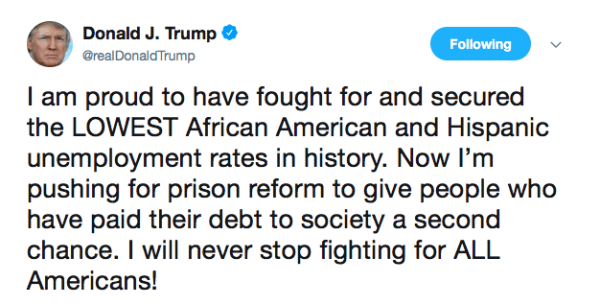THE VOGUE SEPTEMBER ISSUE IS DEAD:
In years gone by, the September issue was the Super Bowl of fashion magazines.
Fat with ads and glossy shoots cherry-picking the best looks of fall — the most important season in the fashion calendar — the annual issue heralded the pinnacle of a magazine’s influence and success.
Days before the issue hit newsstands, usually in early August, executives from Vogue, InStyle, Harper’s Bazaar, Elle, Glamour and W would brag about the thickness of their telephone book-sized glossies. They’d boast of the “thud” the issues made when dropped on a coffee table. The louder the thud, the more powerful the magazine.
Now that thud is more of a whimper.
As I wrote in 2011 when I reviewed the documentary about the making of the 2007 September issue:
It’s a fascinating time capsule of a film, sort of the Titanic or Last Days of Pompeii of the New York magazine industry. And beyond the world of Vogue depicted in the movie itself, of a supremely competent insular liberal Masters of the Universe worldview just before the lights went out on the world’s economy, and elites got what they wanted in the years that followed — good and hard, as Mencken would say. President Obama likes to say that Americans have been pretty soft in recent years; he need only watch this film to see how right he was about his core constituency. When Occupy Wall Street complains of “The One Percent” and their enormous wealth, well, come and see the plutocratic excess inherent in the system.
The dismantling of the Condé Nast empire, and other slick glossy magazines has implications beyond merely fashion, as Lee Smith wrote in his perceptive October 2017 article on the fall of Harvey Weinstein, “The Human Stain:”
A friend reminds me that there was a period when Miramax bought the rights to every big story published in magazines throughout the city. Why mess with Weinstein when that big new female star you’re trying to wrangle for the June cover is headlining a Miramax release? Do you think that glossy magazine editor who threw the swankiest Oscar party in Hollywood was trying to “nail down” the Weinstein story? Right, just like the hundreds of journalists who were ferried across the river for the big party at the Statue of Liberty to celebrate the premiere of Talk—they were all there sipping champagne and sniffing coke with models in order to “nail down” the story about how their host was a rapist.
That’s why the story about Harvey Weinstein finally broke now. It’s because the media industry that once protected him has collapsed. The magazines that used to publish the stories Miramax optioned can’t afford to pay for the kind of reporting and storytelling that translates into screenplays. They’re broke because Facebook and Google have swallowed all the digital advertising money that was supposed to save the press as print advertising continued to tank.
Look at Vanity Fair, basically the in-house Miramax organ that Tina failed to make Talk: Condé Nast demanded massive staff cuts from Graydon Carter and he quit. He knows they’re going to turn his aspirational bible into a blog, a fate likely shared by most (if not all) of the Condé Nast books.
Si Newhouse, magazine publishing’s last Medici, died last week, and who knows what will happen to Condé now. There are no more journalists; there are just bloggers scrounging for the crumbs Silicon Valley leaves them. Who’s going to make a movie out of a Vox column? So what does anyone in today’s media ecosystem owe Harvey Weinstein? And besides, it’s good story, right? “Downfall of a media Mogul.” Maybe there’s even a movie in it.
It’s no coincidence that unlike the old days, when dead-tree magazines like Esquire and New York served as the launching pad for big budget movies, today, ambitious writers are gaming Internet publications to sell their script proposals, as editors of once-mighty dead tree magazines feel increasingly cerulean blue.

